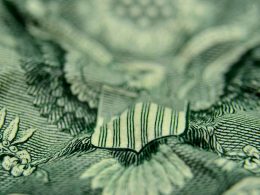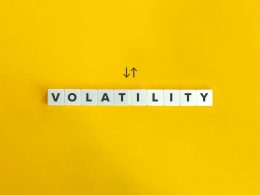The key idea is that purchasing power parity holds in the long-run in order to align the prices of internationally traded goods and services, while interest rate parity tends to maintain shorter-term equilibrium in the capital markets. Both are important determinants of currency fluctuations because currencies are both a means of payment and a store of value. You can find a practical example of how PPP and interest rate parity combine to determine exchange rates in Valuing Foreign Currencies on the Hussman Funds website.
Since inflation rates as well as nominal interest rates are important in determining exchange rates, one would expect that real, after-inflation rates are also important. Indeed, this is true - and with a little bit of algebra, one can show that a currency should deviate PPP by an amount that reflects the difference in real interest rates expected between the two countries over time. Currencies with relatively high real interest rates will tend to trade well above PPP, while currencies with low or negative real interest rates will tend to trade below their PPP values.
Why quantitative easing is likely to trigger a collapse of the U.S. dollar
Consider a situation in which there is zero anticipated inflation in both the U.S. and in a given foreign country. In this situation, PPP implies a flat long-term profile for exchange rates, because there is no pressure in the goods market for currency values to change over time. Meanwhile, suppose that interest rates (say, on 10-year government notes) in the U.S. and the foreign country are both at 4%. In this situation, an investor in the U.S. expects a 4% return from domestic Treasury notes, and with no expected currency appreciation, also expects a 4% return from investing in the foreign country. In this situation, both PPP and interest rate parity can be satisfied with an exchange rate that simply remains constant.
In contrast, quantitative easing can be expected to create a remarkably different situation. The Fed's purchase of Treasury securities and creation of base money is occurring in an environment where fiscal deficits are already out of control, while two-thirds of the Fed's balance sheet already represents Fannie and Freddie Mac securities that need to be bailed out by the Treasury. This makes it enormously difficult to reverse the Fed's transactions - because the Fed is not simply determining whether a given stock of government liabilities will take the form of Treasury bonds or currency. It is instead effectively printing new money to finance ongoing spending for fiscal deficits and the bailout of the GSEs. At the same time, the fact that it is operating in a weak economy and a near-term deflationary environment means that nominal interest rates are being pressed down at the same time that long-term inflationary prospects are escalating.
From the standpoint of the two parity conditions, the very long-term implication of quantitative easing is a gradual devaluation of the U.S. dollar (an increase in the dollar price $/FC of foreign currency). If this increased inflation risk was reflected in interest rates (so that real interest rates were held constant), the U.S. dollar would simply move along that gradually sloped PPP line, and likewise, foreign currencies would gradually appreciate against the dollar.














Japan has given us a great example of an economy that has expanded its debt to GDP 3+X without inflation and currency weakness. I'd not be suprised to see little inflation in the US over the next dozen yrs, 30-yr treasuries near 2% & the US$ flat to the Euro.